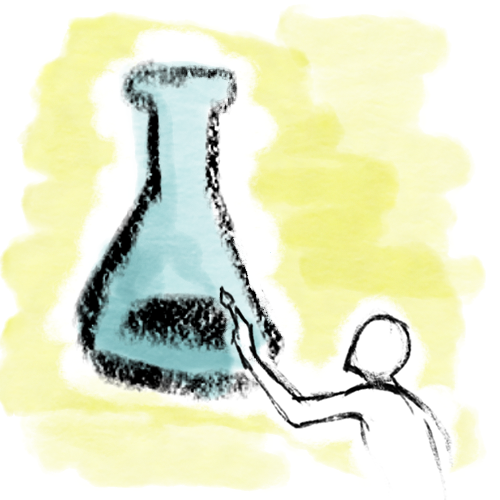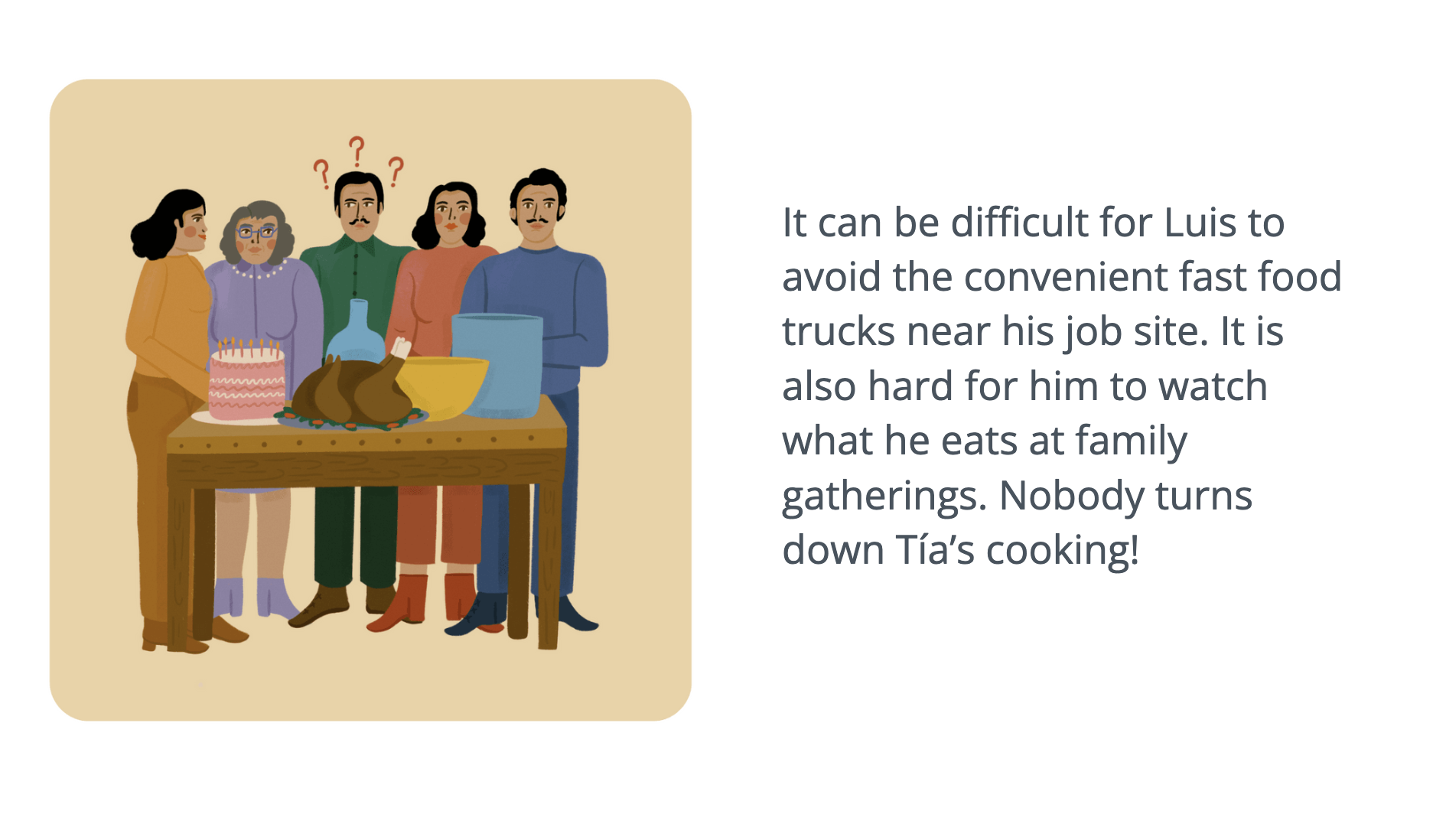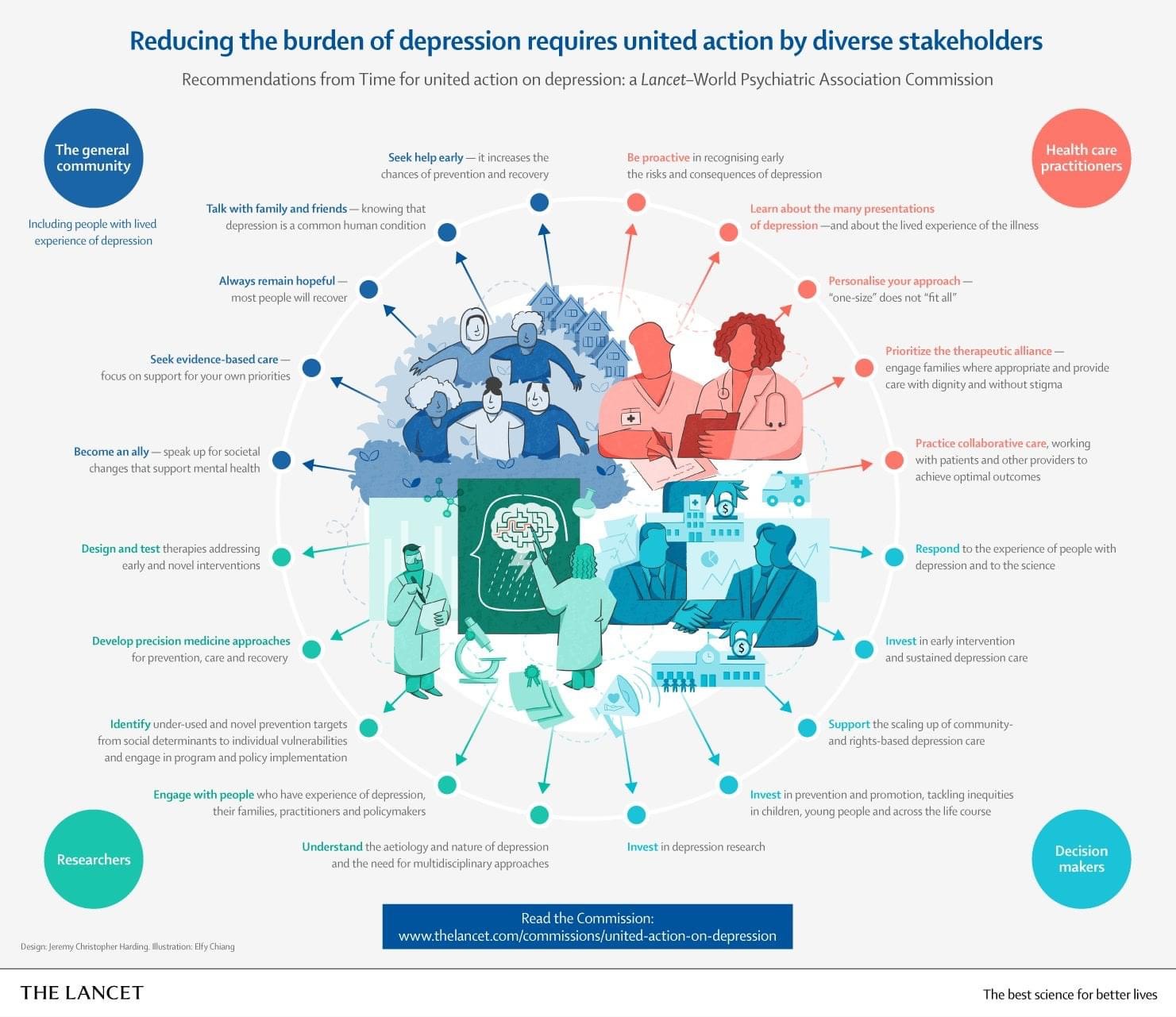
In a world where art programs are inexpensive and funding is limited, artists are regularly asked to work for free (or are not being offered projects at all). However, artists are actually visual experts with subfields such as graphic design and data visualization. Better science relies more than ever on improved funding, which can only come from public trust built on good science communication. Let’s discuss why you should pay artists as an essential part of that process.
My film school wake up call
I started out in Film & Television, studying it in middle school, high school and then university. I loved it, but already saw issues with how artists were treated as a commodity.
It’s not a good sign when others ask “How are you going to make money doing that?”
One day in film school, our teacher played us a YouTube video. YT was only a year old, but this video had gone viral. The video was… well… bad. It was poorly written, poorly produced, uploaded at a bad quality, but was (arguably) “funny”. It received so many views that a film studio contacted the creator and gave him a contract.
After explaining this to us, our teacher went on to explain that our degrees were useless. That even with our degrees, we’d still have to start at the bottom and work our way up. There was a small caveat that we might move up faster, but that was the most we could hope for.
And here we were spending $30,000 per year in this school.
So, while the advent of high quality digital cameras meant that everyone has access to cool new tech, it also meant that professional creatives became somewhat redundant. Or at least made to feel that way.
Artists are experts in their field
The truth is, we live in a society where art is all around us. Magazines, billboards, bridges, buildings, offices, murals. We have beautiful things to look at every day, and looks are totally free.
But all of these projects had artists on the team to make them. Those artists were paid for their work.
Yet somehow, every artist has heard the “die from exposure” joke too many times, and been asked to work for exposure even more times. So why is there this disconnect between how highly we value art but how little we pay artists?
Being able to be immersed in an artistic world every day has desensitized us to the fact that artists are highly skilled laborers (think postdoc) who are often underpaid (again… postdoc). When freelancing, artists go from job to job (postdoc?) unless they can find a permanent position.
You can learn the tools, but still get help
I don’t know how many times I’ve heard, “why hire a (insert artist title here)? I’ll just do it myself. I have (insert tool).” Today, we have amazing technology that’s available to anyone with enough money to buy it. Tech to create video, animation and illustration. This is awesome.
But this devalues people who’ve spent years learning and perfecting their craft.
I highly encourage others to get to know new technology. Small labs with small projects often don’t warrant hiring professionals, but once a project scales, so do project needs. The money is usually there. I often find that scientists are able to be creative with money when it comes to funding their experiments, but when it comes to communicating effectively, they are less willing to consider reevaluating the budget.
You may know your way around the lab, but would you do all the experiments by yourself? The same is true for communicating science. Scientists should absolutely learn communication skills. Learn software that will help. But when the project scales to the point that warrants outside help, hire an artist.
Here are just a few ways that artists can help:
- Decrease the time you spend on presentations, figures, and illustrations
- Improve readability and accessibility of your research
- Make your research stand out
- Provide context for others to better understand the science
- Make beautiful and informative graphics that make your research shine
All these benefits come through the artist’s expertise. When you pay artists for their work, you are compensating them for their years of training, practicing, and refining in their field.
Note from the Lifeology team: Art makes your science better and helps you have impact in your field. But it’s also incredibly important when it comes to public outreach and education. Hiring an artist can be the difference from truly reaching a broad audience, stakeholders, kids, patients, policy-makers, etc. – or not. NSF and other funding bodies are increasingly pushing researchers to not just propose broader impact science communication projects, but to enter into mutually beneficial partnerships with artists and creatives in their communities to make these projects happen.
Where does the money to pay artists come from?
Where does the money come from? In my opinion, it should come as part of your research budget. Just as you budget publishing costs for manuscripts, you should budget for public outreach (part of “broader impacts”). Would you ever consider not publishing because the budget just isn’t there? Of course not!
Many labs get funding through the government. In the US, that’s the NSF and NIH. The people fund those institutions. By helping people understand our findings, I believe we build trust that will lead to further funding. People don’t want to fund what they don’t understand (and I don’t blame them).
During my science career, I worked in 5 separate labs. Whether in my lab or those adjacent, I regularly saw wasteful spending as well as innovative spending based on the priorities of the lab. You can’t convince me that a lab is so efficient with its funding that it can’t spare $$ for an artist. Funding is tight for everyone, but inefficient use of funding is often used as an excuse to not extend funding to broader impacts.
For a few hundred (US) dollars, you can commission a graphic for the lab website. If you increase that budget to a thousand, you can get so much more. Consider graphics for manuscripts, grant proposals and research presentations. There’s also animation, comics and other forms of art that are incredible for getting people excited about your field. I encourage you to think of projects that can be used in multiple contexts as well (such as a graphic for the website that also goes into slides).
Note from the Lifeology team: Beyond budgeting for commissioned art, consider writing art projects and activities into your grant proposals that involve true collaboration with creatives. This is the new frontier of broader impacts: Acquiring funding to bring an artist into your lab so that they can create science-inspired art that promotes public engagement with science, or for projects and events that allow artists extensive creativity (our Lifeology courses are an example of this) in order to better engage diverse people outside of the scientific community.
Looking for funding to pay artists
Depending on your current position, there are options besides just setting aside grant money.
Do you run a lab?
Talk to your department chair or communications department about the importance of broader impacts and science communication. Discuss departmental funding of projects.
Get a group of researchers together in your department and hire an artist together for a project. Contact the local news station to pick up a story about the collaboration. Show your department that it’s good for your image.
Do you run a department?
Reach out to past donors about creating a fund to share your department’s work with the donor community (+ social media). These often end up paying for themselves in donations, if done well.
Are you a leader in a college?
I hope you already have a communications department, but consider hiring freelance artists who can spruce up the look of development publications or create new media (animations, infographics, interactive websites?).
Are you a PhD student?
Talk about funding artists to your advisor, program, or department.
I’m not trying to put the burden completely on the scientists, here. I’m a scientist. I know that there are always a million things going on in the lab. I also know that the communications side of things is often overshadowed with politics, strange research results, and a to-do list a mile long.
But this is also the exact reason that you should bring in someone (an expert) to help.
Thinking of science communication as marketing
I often hate thinking of science as business, but every lab is like a small business. Every grant is like an investment from a donor. And labs always need more funding for their cool, new project.
Marketing companies are light years beyond scientists as far as raising money for the latest and greatest, so why not use that knowledge to help you?
How much of your budget should you spend on marketing?
“U.S. Small Business Administration recommends spending 7 to 8% of gross revenue for marketing and advertising if you’re doing <$5M / year in sales.”
I think allocating 5% of your overall budget is a reasonable start. After the first project, I think you’ll be excited by how useful and impactful it can be.
The Art The Science residency program is a great example of a creative way to bring an artist into a project early. An artist spends time in the lab with scientists and created an art piece. Here are some insights shared by the scientist & the artist from their summary report: https://artthescience.com/residencies/between-the-sand/.
My takeaway from their project is that scientists and artists can learn from each other. It’s when we collaborate (scientists, communicators, artists) that we can make the most impact.
The magical cycle that brings us more science
Communication, science, funding… none of these things are isolated in a bubble. They work together, and when done well, can improve each other. Here’s the cycle that I often discuss that connects better communication to better funding for science.
… -> Better Communication -> More public interest -> More government interest -> More Funding -> More Science -> …
More science can not only lead to better understanding of the universe, technological advances and improved health outcomes. It also should mean better communication so that the cycle can serve as a positive feedback loop.
When I was in my second undergraduate lab, my research advisor asked me for a picture of myself for the website. I didn’t want to give him one, but he was insistent. He told me that donors and funding agencies want to see that the lab is productive, and they want to see the face of the science.
I also learned more about his early research advisor, who was working on a new PBS television series. The communication they both did, though very different, inspired me. In the same way Bill Nye inspired me as a kid, and in the same way I’m inspired by amazing scientists I talk to every day about their research.
I’m not the only one inspired. Generation after generation have been inspired by great science communicators working with scientists and artists to create amazing pieces that touch your heart and soul.
My hope is that you will spread the word about the importance of science communication, and the critical role that artists play. And even more so, that it is critical to pay artists for their expertise. Let’s stop devaluing artists by asking them to work for exposure, and start investing in them so that you can focus on improving the world with your science.





